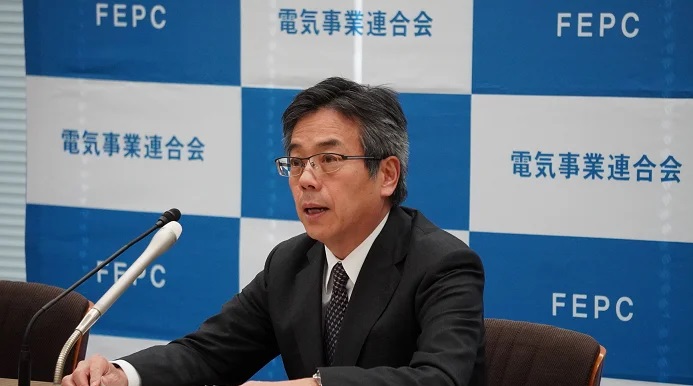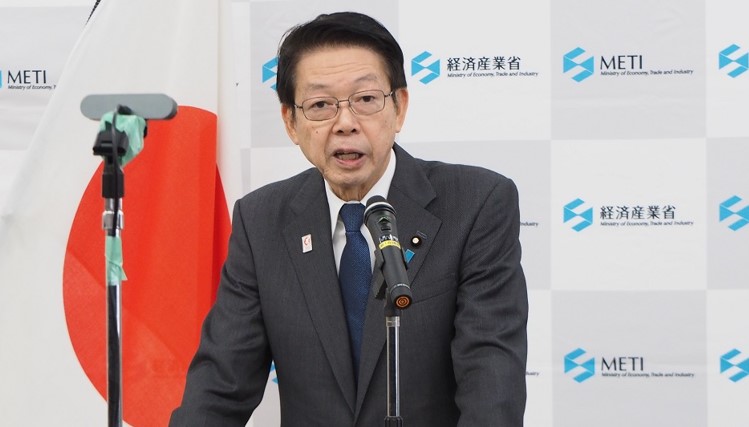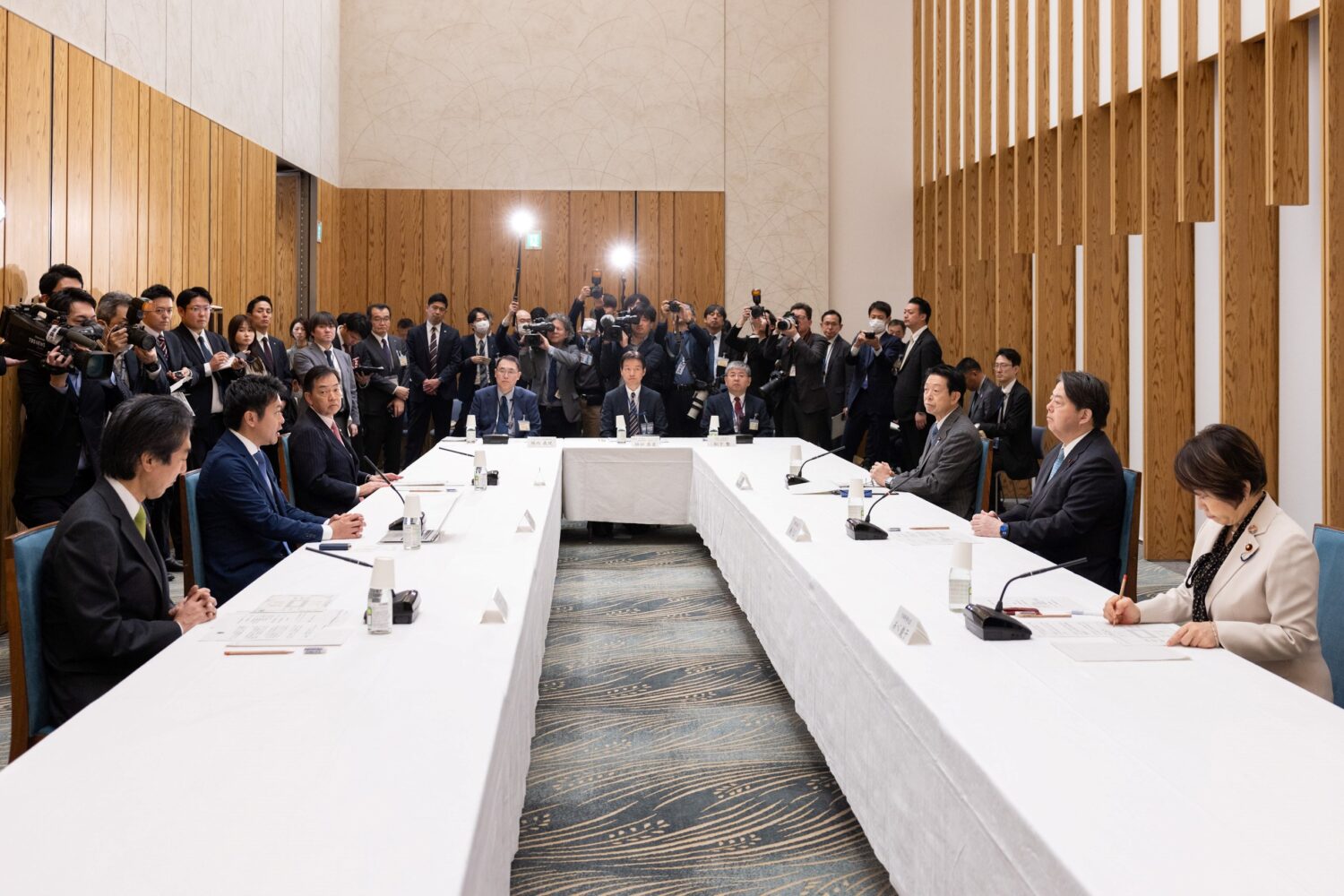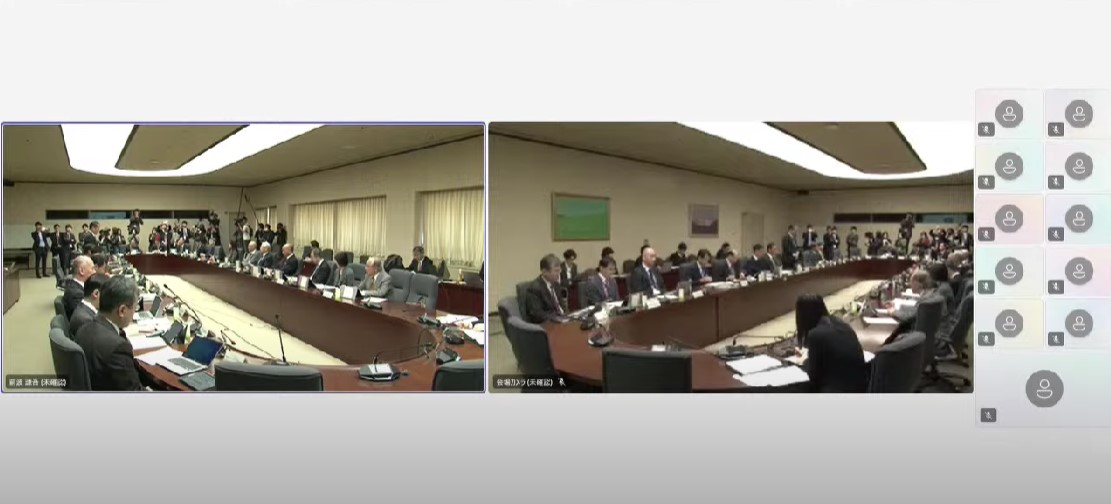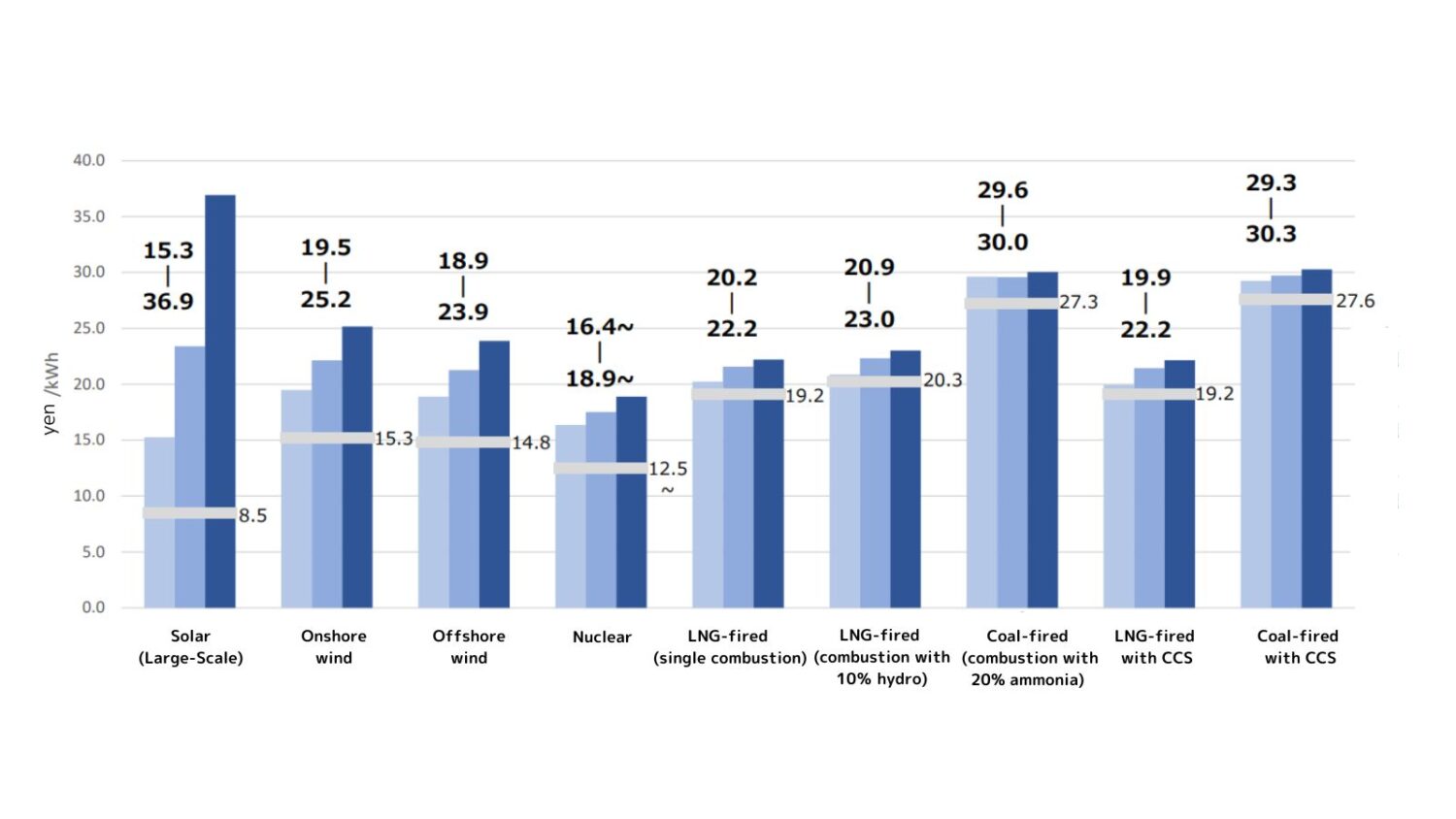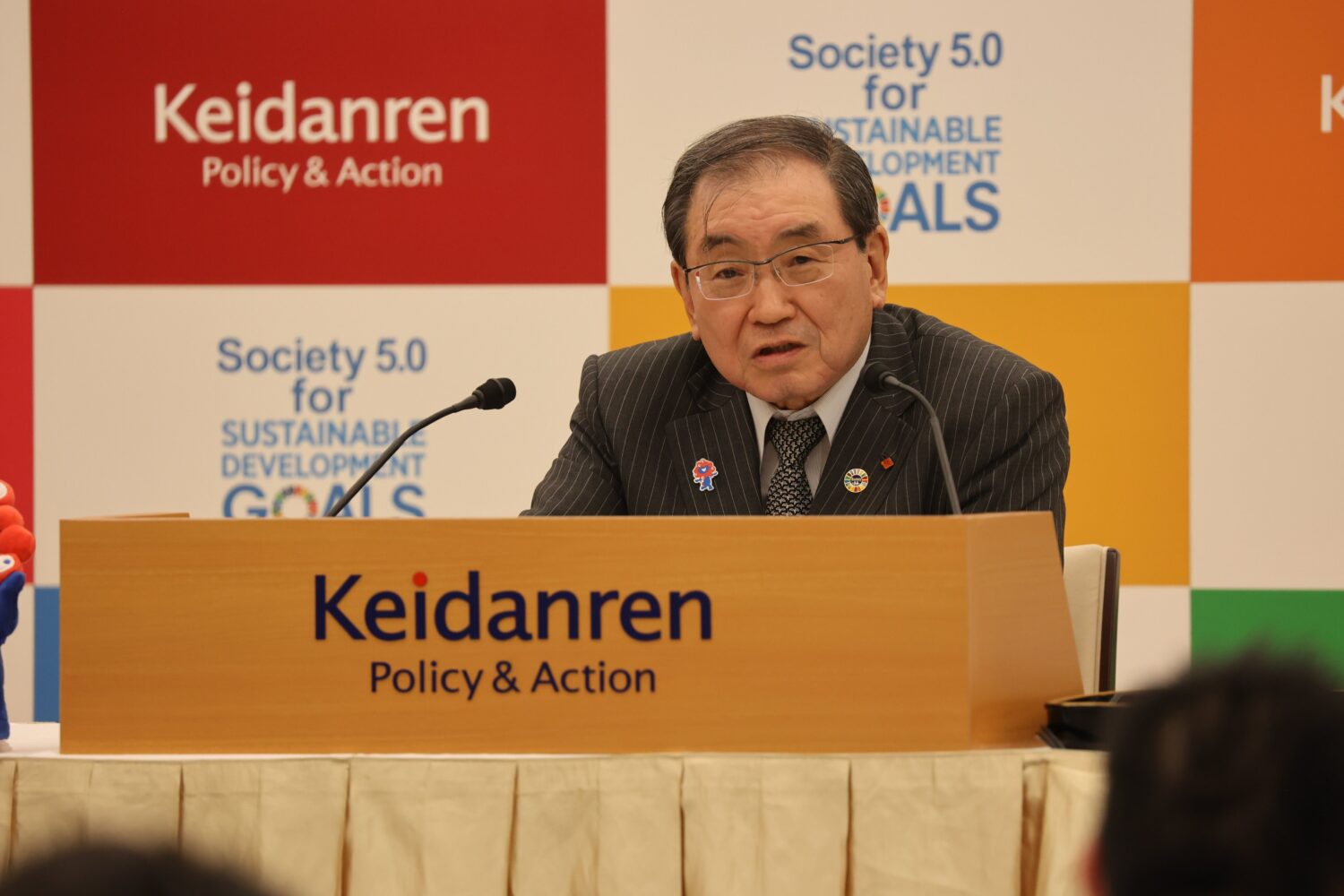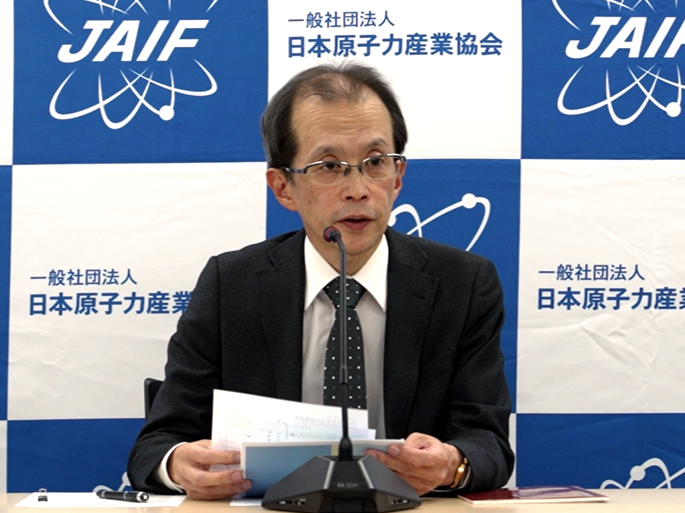Japan’s current policy on prototype reactor R&D was originally issued in 2017. The timing of the shift to the stage of prototype development—including checks and reviews—took into consideration the operating stages of the International Thermonuclear Experimental Reactor (ITER) Project, with the reactor itself now under construction.
The revisions to the policy this time are to be based on targets for nuclear fusion development in other countries, together with the progress of the ITER Project.
The key points in the revisions will be as follows:
- Swiftly realizing a scientifically and technologically significant demonstration of power generation, leading to social implementation.
- Revising the three prototype goals enumerated below and shifting to the prototype reactor stage:
1. Steady, stable electric output at a level above hundreds of MW.
2. Availability factors allowing practical use.
3. Realizing overall tritium breeding to satisfy fuel self-sufficiency. - Maximizing the use of knowledge from the ITER project, including its broader approach (BA) activities and innovative technologies.
- Issuing a roadmap based on backcasting, including infrastructure development toward the realization of a prototype reactor.
In the future, those points will be addressed by Japan’s task force on the comprehensive strategy for prototype reactor development, under the panel of experts mentioned in the first paragraph above.
The Japan Fusion Energy Council (J-Fusion) was established in April of this year toward the commercialization of nuclear fusion energy, based on the Fusion Energy Innovation Strategy issued by the Cabinet Office (Science and Technology Policy group) in April of 2023.
In the context of recent activities at the level of the prime minister regarding prototype reactor R&D, the goal of a power generation demonstration in the 2030s was included last month (June 2024) in the Integrated Innovation Strategy and the 2024 revised version of Japan’s Grand Design and Action Plan for a New Form of Capitalism.
Additionally, a project team under the ruling Liberal Democratic Party (LDP) is formulating proposals to clarify fusion energy’s position in the country’s Strategic Energy Plan, now undergoing revision. Thus, movements can be seen in various quarters aiming at the commercialization of nuclear fusion energy.
At the July 10 meeting of the panel of experts, one of the attendees, KAMATA Yutaka, deputy director-general of the ITER organization, gave a progress report on the project, saying that construction was 85% complete. However, he said that a new baseline is being considered for the achievement of first plasma at ITER: a delay from the initial target of 2025 to 2034 or so. The delay in ITER’s completion has already been reported by its board of directors.
At a press conference on July 8, TOKURA Masakazu, chair of Japan’s Keidanren (Japan Business Federation), said that global warming was “a matter requiring immediate attention” and emphasized the urgency of developing decarbonized energies, including nuclear fusion. “The best thing would be for each country to work hard to commercialize [fusion] in its own way, based on the knowledge and information acquired so far,” he said.
Similarly, at a press conference on July 5, TAKAICHI Sanae, Japan’s minister of state for Science and Technology Policy, part of the Cabinet Office, talked about her attendance at the G7 Science and Technology Ministers’ Meeting from July 9 to 11 in Bologna, Italy. She said that nuclear fusion energy would be included for the first time in its communiqué, integrating those discussions.
Minister Takaichi had taken the lead in discussions of the subject at the G7 summit held in Sendai, Miyagi Prefecture, in May 2023, when Japan was chairing the G7 Science and Technology Ministers’ Meeting.





